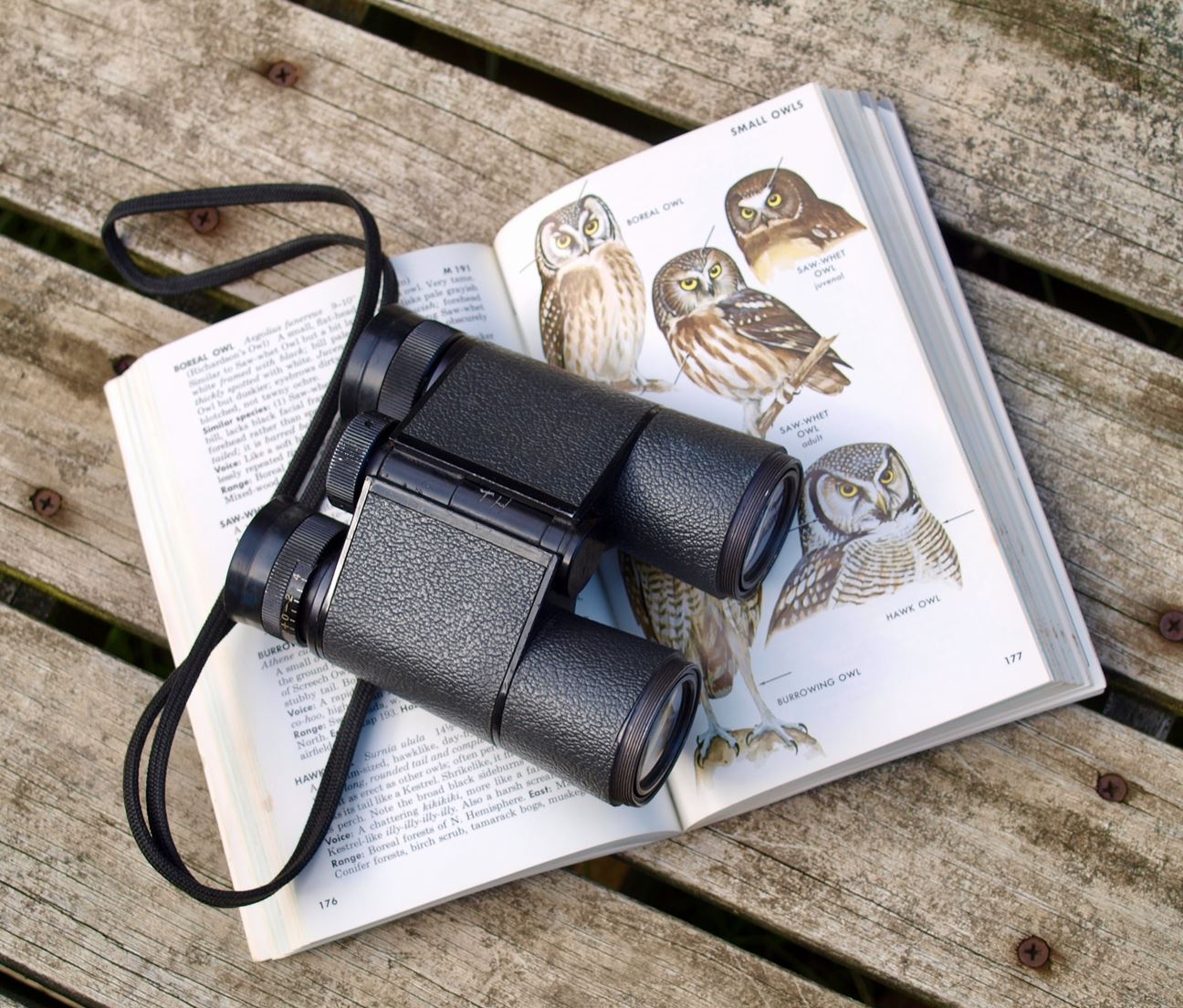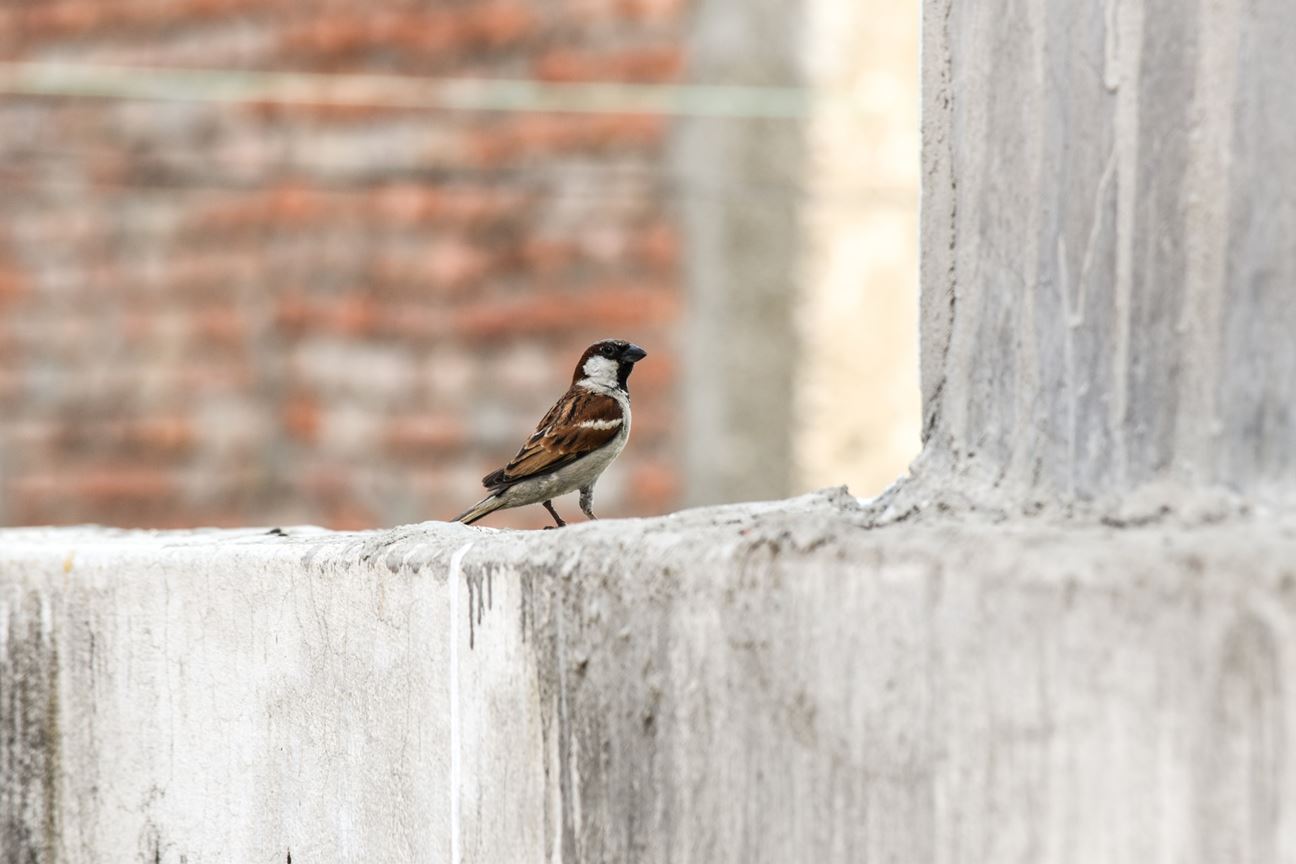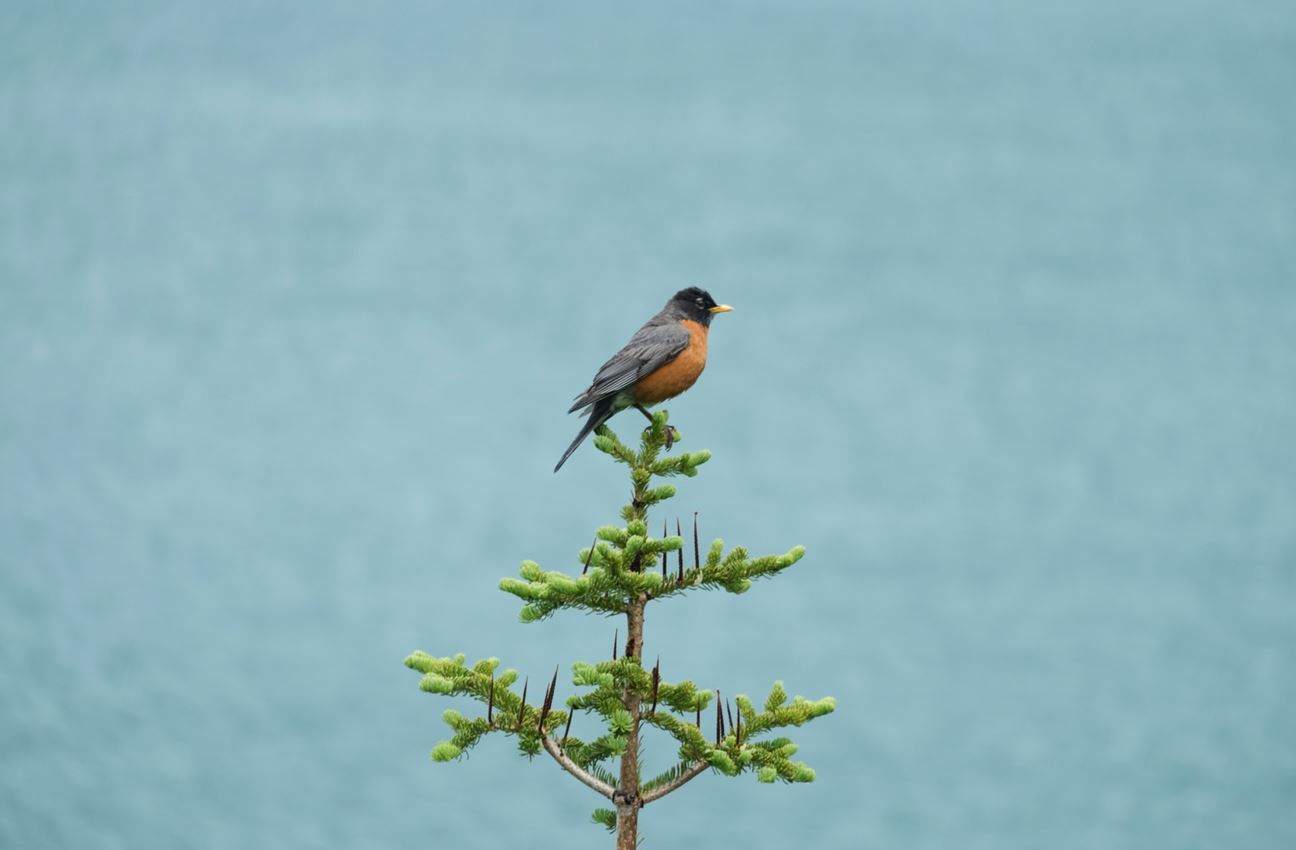Bird-watching is one of nature’s best games. It’s both relaxing and enjoyable. And can be done almost anywhere!
Bird-watching is the observation of live birds while they are in their natural habitat. Back in the 19th century, bird-watchers used guns to shoot down unfamiliar species so they could identify and categorise the bird by its corpse. Thankfully, that has changed now. Today, bird-watchers use some of the most advanced optical aids to observe, identify, and study birds.

First things first, are you bird-watching or birding?
It’s been observed that people easily confuse these two terms. So much so that they are almost used interchangeably. But they differ. They both require you to observe birds, yes. But simply put, bird-watchers look at birds while the birders look for birds.
So why watch birds?
 A 'surprised' cormorant
A 'surprised' cormorant
Because birds are all around us! Yes, even in urban areas one can find many species of birds, you just have to look carefully. Moreover, these birds encourage us to get outdoors and out of our comfort zones. Over time, it feels as if we have lost touch with nature, and birds help you do just that. Bird-watching can be the beginning of making real connections with the natural world. This activity challenges our powers to observe, and yes, it teaches us patience. It is economical and can be enjoyed all year round.
And while, at first, it may seem intimidating, getting started is not all that difficult. As a beginner, use this guide to explore an overwhelming bounty of some of nature's most amazing and untamed beauties.
Bird-watching equipment checklist:
Before you head out, there are a few things that you would need to bring with you. Carrying most or all of these will only enhance your bird-watching experience.
- Binoculars: You don't want to keep looking at a speck on some tree, right? Whether a novice or an experienced bird-watcher, it is important that you carry with you a pair of binoculars. For eye-relief, brightness, clarity, and colour rendition, most bird watchers use 8x42 or similarly sized optics. When buying one, make sure you get 7-power or 8-power binoculars with tubes not larger than 42 millimetres and not smaller than 30 millimetres.
- Field guide: These books are easy to carry with you and will help you identify and classify birds based on illustrations and descriptions. Make sure that the one you choose is easy to use and accurate. During your non-bird watching time, make sure to flip through pages so you familiarise yourself with the layout of the book.
- Journal and pen: This one is completely optional since we carry our phones everywhere. But avid bird-watchers document all of their findings. This may include a small drawing, what the bird looks like, what sounds it makes, their interactions with one another, and more.
- Camera: The camera is again optional, but recommended. Snapping a few shots will only help you journal birds better. Plus, you can hon your photography skills out in the wild.
Bird identification tips:
With thousands of bird species, it is easy for a beginner to feel slightly dumbfounded. You may have your field guide along, but the similarity between birds can be confusing. So where do you start? First, let us see where not to start. Never focus on very specific details like the field marks; while these are very useful, as a beginner your focus should be on identifying the mystery bird and starting to group them based on the following:
- Shape and size - The combination of shape and size will be one of the first and easiest visual cues. This is also the first piece of information that you should make a note of. With just a little practice, you will better observe the differences in their shapes and sizes. Firstly, you start with identifying bird silhouettes that tell you about the bird’s sizes, proportions and postures. Do not get confused by the colours just yet, note the silhouettes first. Second, compare your mystery bird with the birds you already know. See if this bird is bigger or smaller than the average sparrow, robin or even a crow you are familiar with. And last, start identifying and comparing individual parts of the bird’s body like wings, bill, tail and legs.
- Colour patterns - Under the perfect light conditions, a bird’s colour will first catch your eye, even if for a fleeting moment. Birds may have very fine differences when it comes to the colour pattern but again, start observing and making mental notes. Again, do not go into details yet. When trying to ID a bird, focus on an overall colour pattern. But remember, their colours can fade with age. Then there are some birds with flashy outrageous colours. Once you’ve had some practice, you will be able to near-instant identify birds based on their colours.
- Behaviour - Birds species have a unique way of acting, moving, sitting and flying. First, look at how the bird presents itself and what its posture looks like. Similarly, proportioned birds may usually assume the same poses. Then, look for its movement, whether it hops, scurries, walks or hitches. A bird’s flying pattern and trajectory will help you identify the bird’s attitude and rhythm. Also, observe their feeding and foraging styles - some birds dart out while some creep through the leaves, and some others just sit still. Identifying birds based on their behaviour takes some serious level of observation. And you have got to be very patient.
- Habitat - The bird’s habitat will almost always fine-tune your bird-watching experience. By taking into consideration the geographic range and the time of the year, you can be up on your possibilities of spotting birds. Keep range maps handy before you make an identification, since many birds do not stray from their home ranges. Also, use your field guide to identify different seasonal birds. As seasons change, birds move, but other birds come in to replace them.
- Plumage - Plumage refers to birds’ feathers. This differs from its colour patterns because some birds can have a variety of plumages throughout the year. While the plumage will help identify the bird, it will also help you narrow down the bird’s approximate age. Newborn birds will have a natal plumage with plain colouration, young birds will have a relatively bland plumage to help them camouflage, sub-adult birds will gradually resemble adults, while the breeding birds will showcase the most brilliant colours to attract mates.
- Voice - Did you know you can identify birds by using your ears? We know that birds make a variety of sounds. They do this to either impress a potential mate or as a way of marking territory. In an everyday sense, birds communicate using a trill, chirp, whistle, or chirp. With practice, you can identify bird vocalisations almost subconsciously, just like a familiar sound playing in your head.

A house sparrow
Backyard bird-watching
Backyard bird-watching is perfect for beginners and can be done from the comfort of your homes. But it requires a little more than just sitting by the window and watching the birds come by. You can actively take part in the process by attracting birds to your backyards. There are many ways to do that - bird feeders, birdhouses and birdbaths are some ways to encourage birds to come home. To make sure they keep returning, always keep a regular supply of food and water.
You do not need huge backyards. Regardless of its size, you can turn your backyard into a bird-friendly space. Once birds start visiting you, you can start noting your observations down.
 A robin sitting on a tree
A robin sitting on a tree
Bird watching etiquette:
It is easy to get carried away when you spot your first bird. As a responsible bird-watcher, keep the following in mind:
- Be considerate to everyone around — birds, the environment, and other bird-watchers.
- Do not try to agitate or chase the bird just because you are looking for a certain reaction from them.
- Be mindful of the audio recording you play to attract the bird’s attention. Playing it too loud can cause the birds to stress.
- If you find a bird sitting on a nest, leave it alone. These birds and their little ones can be very sensitive to disturbances.
- Put your phone on silent mode.
- Make sure you camouflage yourself with the natural surroundings.
Bird-watching can be a lot of fun. And guess what, it is even more fun when you get a hang of it!